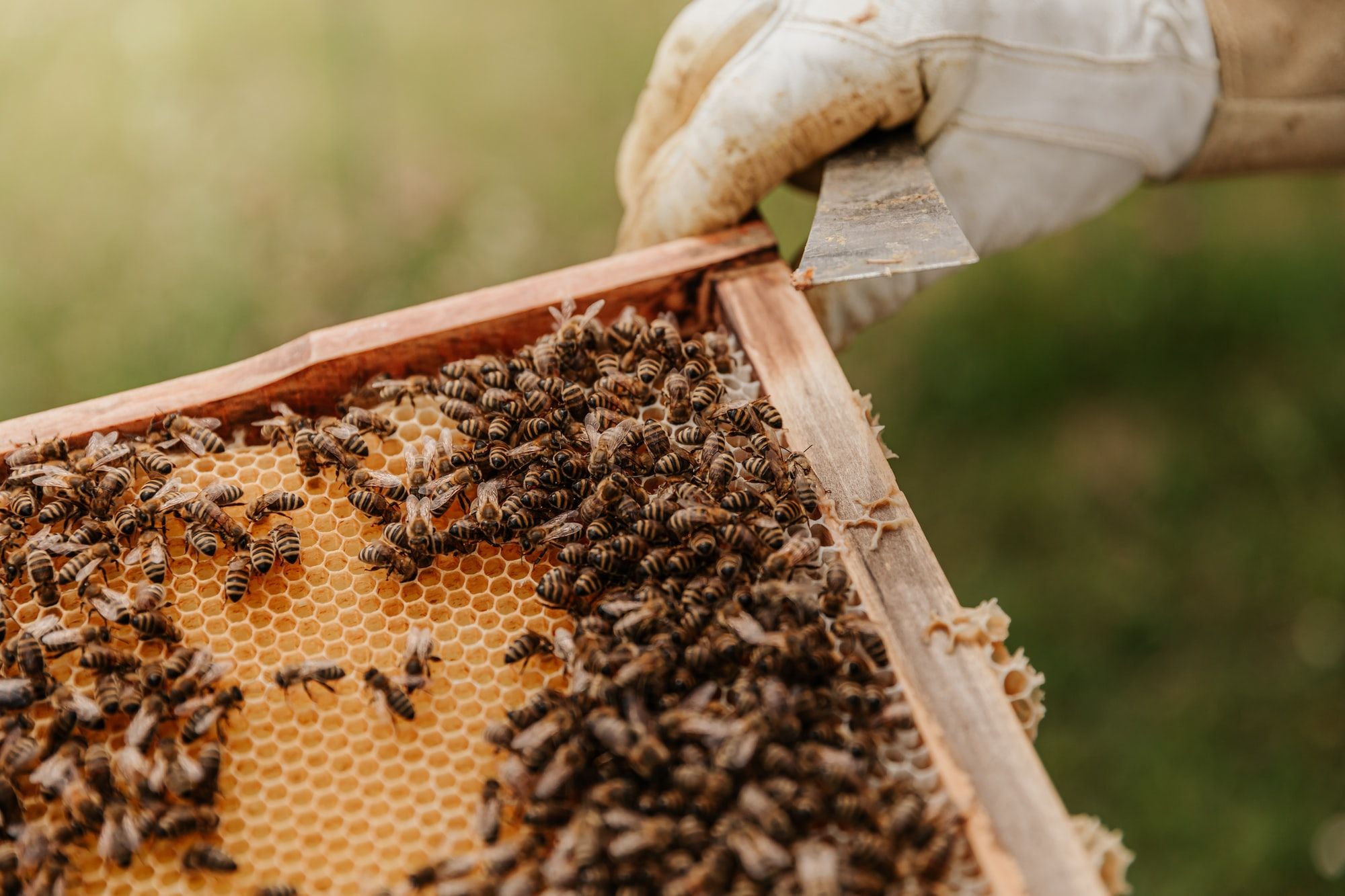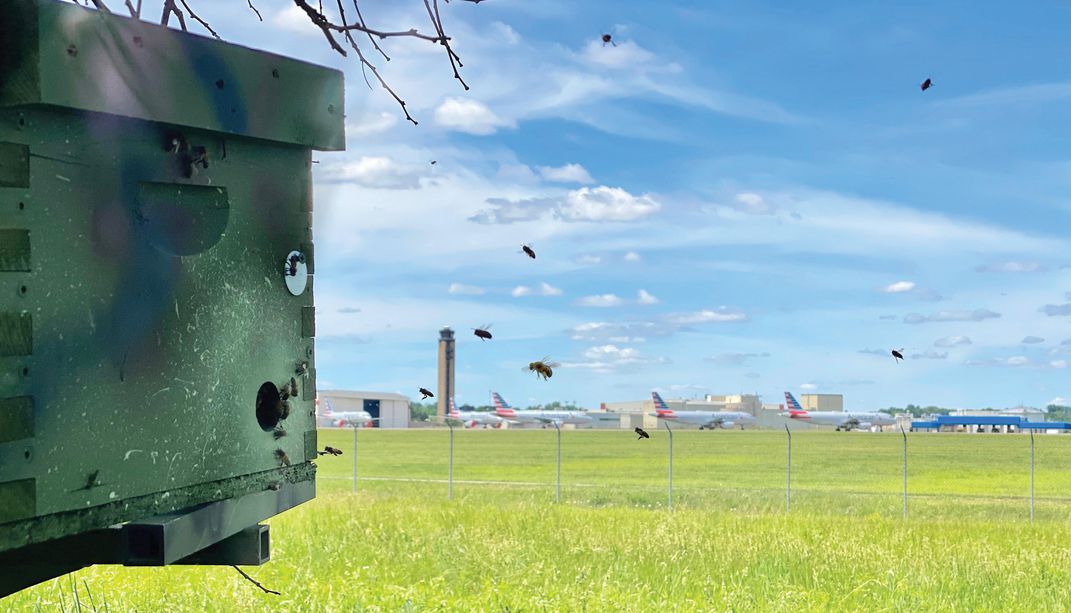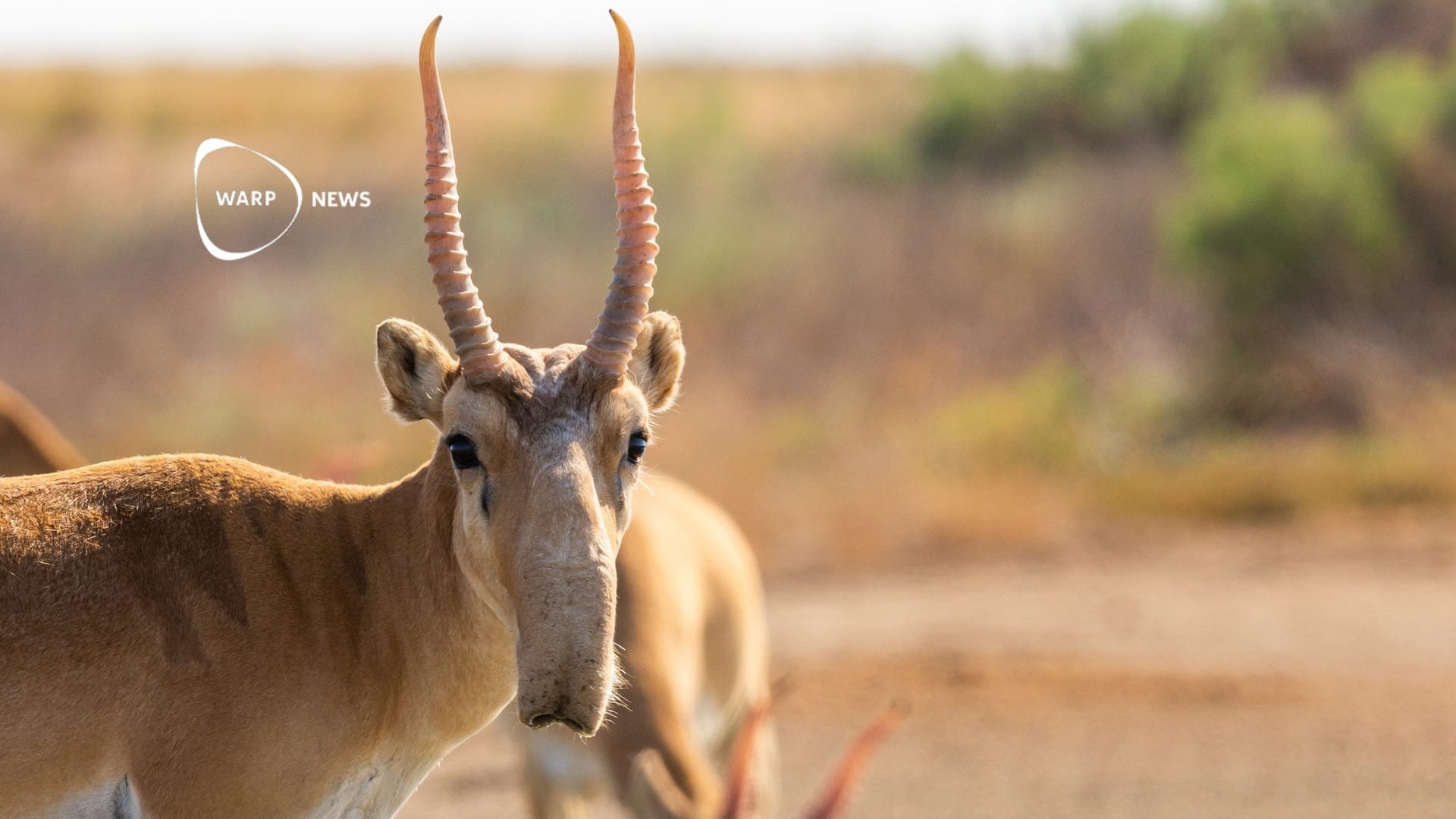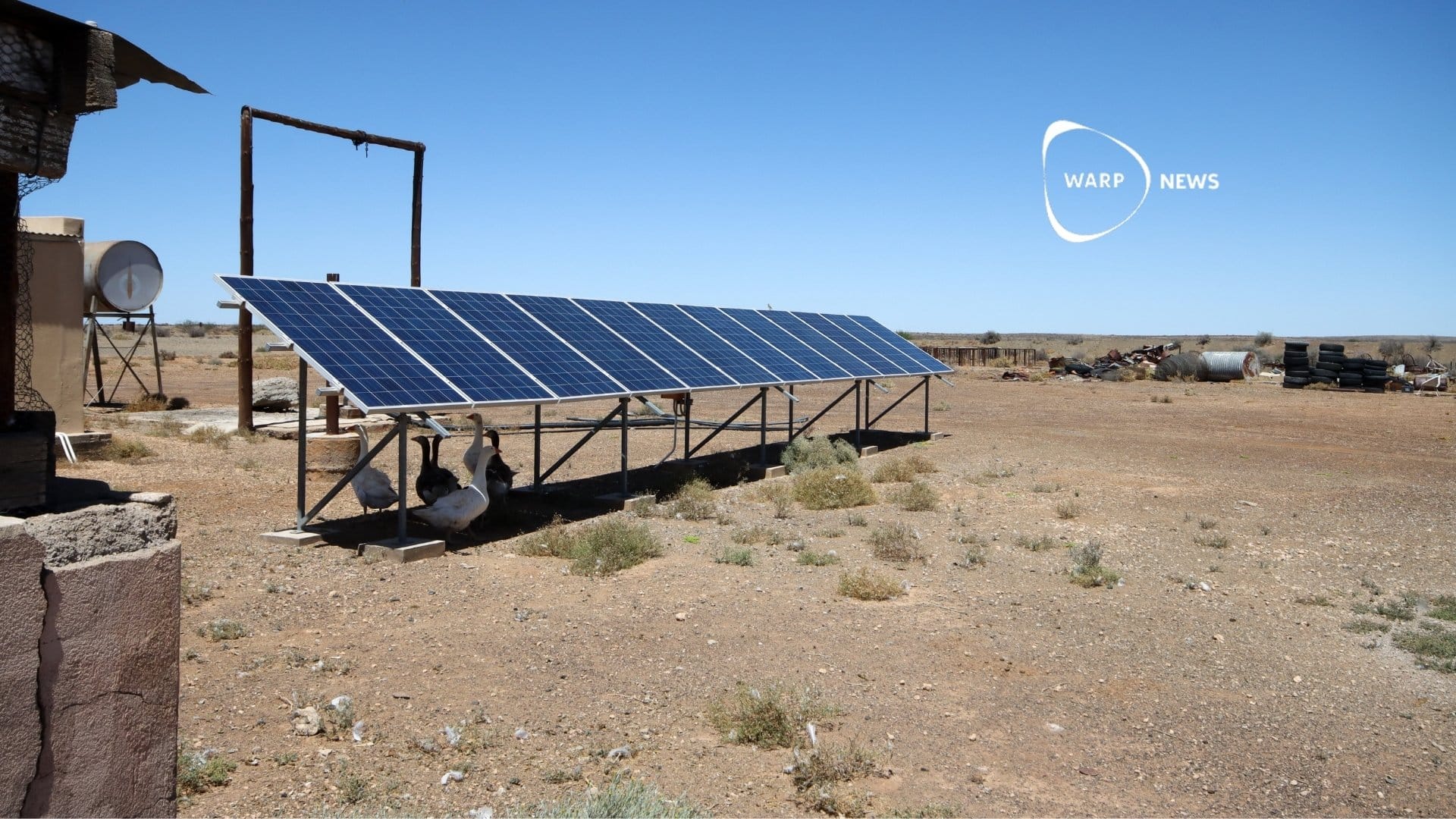
🐝 Airport support local bees
Airports and beekeepers collaborate to save pollinators. Last year the bee-keeping program won the 2020 Pennsylvania Governor’s Award for Environmental Excellence.
Share this story!
Ben Shertzer, wildlife administrator at Pittsburgh international airport, dealt with a puzzling problem back in 2012 - bees or rather swarming bees. The bees landed on the airplanes winglets or obscured lights on the taxiway which delayed flights and interrupted both refuelling and baggage loading. After some encounters with honeybee swarms, Shertzer did some research and learned how bad the bee-situation really was.
Shertzer employed the help of master beekeeper Steve Repasky after learning about the severe situation for the bees. Instead of trying to get rid of the honeybees, Shertzer thought a more eco-friendly solution would be for the airport to host some hives.
Fortunately, Pittsburgh airport is an excellent location for honeybees with its 8 000 acre land. The airport is surrounded by woods, un-mowed and overgrown fields plus creeks that offer water and moisture for an abundance of wildflowers. But most importantly, the airport doesn’t use pesticides.
Shertzer and Repasky first proposed their idea to place hives around the airport’s property in 2013. By now the airport hosts 110 colonies/hives which is around four million honeybees.

To track the bees’ movements over the grounds, Shertzer has used Google Maps.
“The swarms were following a consistent line across the airfield. I looked at the data we’d collected over several years and thought ‘Is this really something they’re doing, or is it dumb luck?’ ” he says to Air & Space.
“Pittsburgh is a bunch of hills and valleys, right?” says Repasky. “To make the airfield, they cut off the tops of the hills, and flattened the area. Using past maps, we can see the bees are following old topography, the historic ridges and valleys. Their preferred homes are old, hollow trees. So even though to us humans these ridges dead-end visually at the airport, the bees are following a historic travel path. There’s a lot about them that we don’t understand yet.”
By identifying the bees’ prefered routes the two men could put 15 swarm traps (a place for the bees to rest on instead of the airplane wings or taxiway lights while swarming) where they’d be most useful. And useful have they proven to be. Before, the airport used to deal with 15 or more swarms a year. In the past year, only three swarms have interrupted air operations.
By placing signs within the terminal that educate passengers about the airport’s efforts, Shertzer hopes to increase program awareness
Right now, Shertzer and Repasky are producing a manual for other airports that want to follow in their footsteps by establishing a game plan to protect their local pollinators.
Shertzer’s and Repasky’s beekeeping program recently won the 2020 Pennsylvania Governor’s Award for Environmental Excellence.
This project has gained a lot of traction and numerous U.S airports have reached out to local beekeepers wanting to set up similar projects.
By becoming a premium supporter, you help in the creation and sharing of fact-based optimistic news all over the world.


